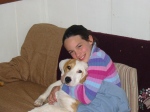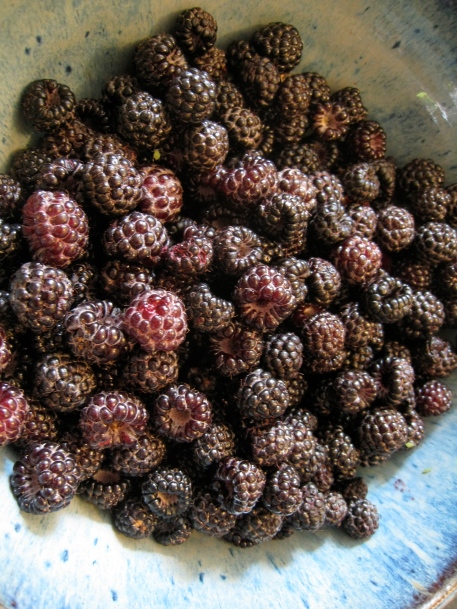I like a lazy New Year’s Day full of plenty of pondering time. I set some personal and professional goals and take a look back at the previous year; it helps slow down time a bit, which seems to whiz by more quickly each year. I realize I have let this blog slip due to focusing on my children’s writing blog, my new book coming out and all the non-writing tasks associated with promoting it. I have considered ending this blog in order to not feel so scattered, but a recent trip changed my mind.
The last three days of 2017 were spent with old friends. We’ve known Pam and Denis for 28 years. It was a great visit in a cabin near Edinburg, Virginia – a cabin I’d hoped to be warmer than my house, but alas was colder. We told old stories and new, shared our children’s lives, pondered what the future holds and, for me at least, retrieved memories of other friends and events that are held in that dusty file cabinet of my mind called THE PAST.
It was the hike that took me not only up a slippery mountain to a wind-swept peak, but back even further past meeting Pam and Denis in Princeton, NJ. Back to the first three years Chris and I dated and our first three years of marriage. We’d started a tradition – I still call it that though it only lasted six years – of camping on New Year’s Eve.
1986 Devil’s Lake, Wisconsin: with my brother-in-law and his wife, my first time winter camping and cross-country skiing and the inspiration for the tradition.
1987 Shenandoah National Park, Virginia: just Chris and me against the cold. It was 5°F and our stove froze. The walks were gorgeous: crisp and sparkling.
1988 Spruce Knob, West Virginia with my best friend (also) Lisa and her husband Wayne. It was the first time I’d ever had a cloudless view from Spruce Knob. We cooked steak and mushrooms on an outside fire and at midnight cooked shrimp and toasted with champagne.
1989 Seneca Rocks, West Virginia: in Ivan Jirak’s cabin (Ivan was the leader of the Pittsburgh Outing Club when we were members) with Lisa and Wayne. Note-this is not camping, but I still counted it as important to the why of this tradition.
1990 Catskills, New York: just us this time. My notes say we slept in the car and had a nice hike and dinner.
1991 Chris and I made it to Annandale-on-Hudson (from Princeton, NJ) before turning back due to a big rainstorm from Virginia to Maine and waited until the end of January for some snow. We went to Lake Placid and Saranac Lake in the Adirondacks. The first night was so cold that we got up and cross-country skied in the dark to try to warm up. The next night we got a cabin for $38.00. It had a bathroom, kitchenette and heat! Clearly still roughing it compared to our warm, cozy bed at home, but traditions are meant to be tweaked, right?
1992 Cabin at World’s End State Park in Pennsylvania with Lisa and Wayne: It was $54.00 for all four of us for 3 nights – cheap because no one else thinks this is a good tradition on New Year’s Eve – though it was a one-room cabin with bunk beds and no bathroom. It was freezing the whole time and I was pregnant, which meant lots of trips outside!
1992 was the last year of our tradition. Lives evolve, kids don’t like peeing in 20°F weather any more than pregnant women do, jobs structure our time, bones start to appreciate warm beds. There have been many fun New Years since then of course, evenings with friends, celebrations with family, one in Barcelona and my favorite these days, home with family.
So what was the why? Why did we plan, pack and look forward to going somewhere cold and uncomfortable for a few nights at the turn of the year? I loved the idea of having the most important things in my life right beside me: Chris, warm food, friends and sharing our thoughts and ideas. It was symbolic; a reminder of all I was grateful for and knowing what was waiting at home, all that was icing on the cake.
It was the hike that showed me I can still do this; nature isn’t something to be cherished only on 80°F, blue-sky days during summer vacation. It can and should be daily – for me I know I need this – and it can be uncomfortable. But the rewards that come after kicking the snow off my boots, stoking the fire and shivering while my tea water boils make it all worthwhile.
The hike also reminded me of one reason I started this nature blog: to forge a meaningful connection with all the life that surrounds me on our property, a connection that will lead to respect and reverence of other species and to a better understanding of who I am.
So I will continue to explore Halcyon and share what I learn about the other beings that live here. And I will strive to get out every day: cold, wet, windy or warm. I have much to be grateful for. Happy New Year!



































